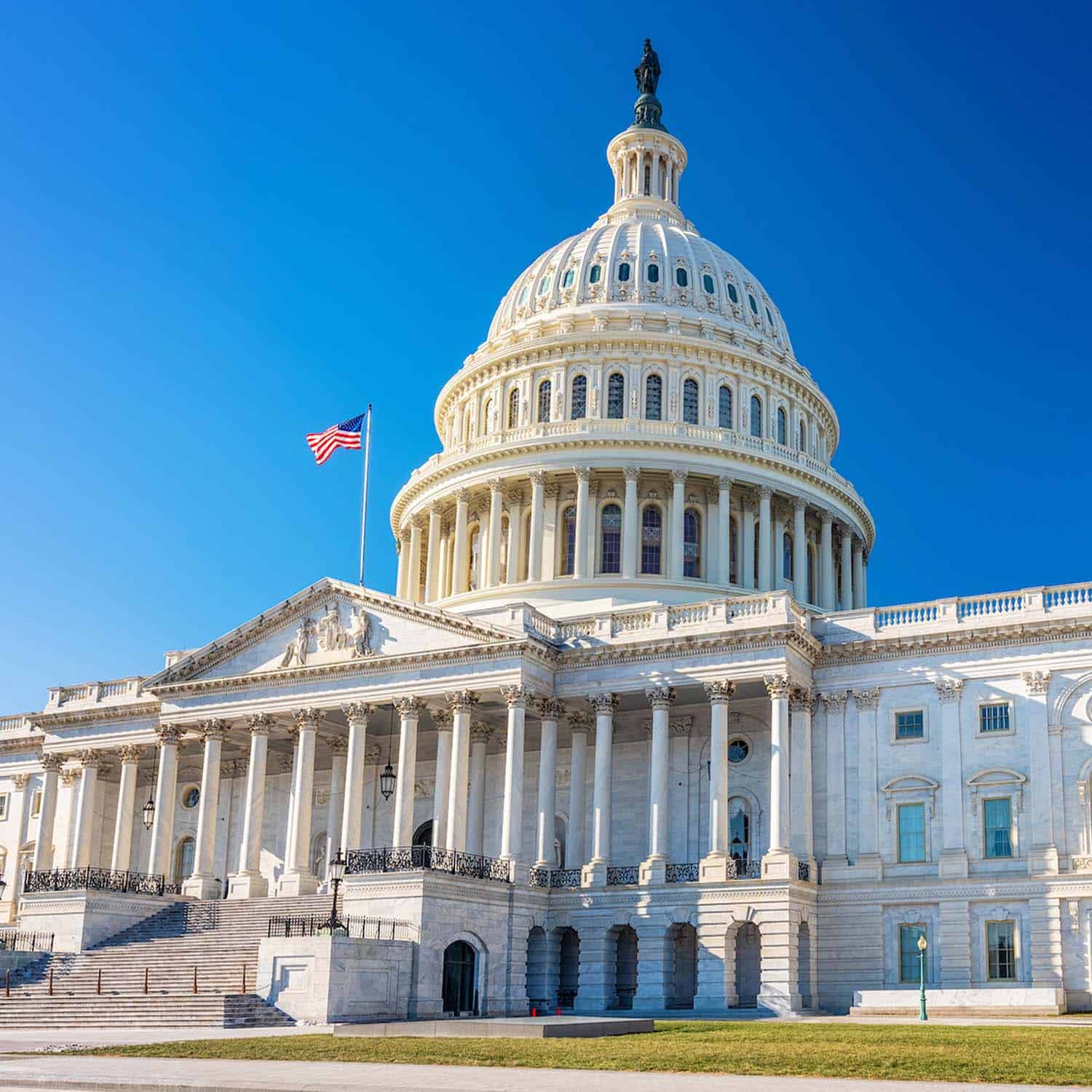After a heated and high-stakes negotiation process, President Donald Trump signed his signature legislation—the “One Big Beautiful Bill Act”—into law on July 4th. The bill faced fierce opposition and passed by the narrowest of margins, with every Democrat and two Republicans voting against it. Vice President J.D. Vance cast the decisive tie-breaking vote in the Senate.
Structured as a budget reconciliation package, the bill was strategically designed to bypass the traditional filibuster process. It consolidates policy priorities from ten Senate committees into a single, sweeping legislative framework aimed at realigning federal priorities with President Trump’s bold economic and social vision.
A $1.5 Trillion Shift in Federal Spending
The legislation is projected to reduce the federal deficit by more than $1.5 trillion, impacting nearly every sector of the U.S. economy. According to analysis by Washington, D.C. law firm Holland & Knight, the most significant changes are expected in the following areas:
- Healthcare and public health initiatives
- Tax reforms and incentives
- Energy policy and environmental regulations
- Defense and national security provisions
- Education funding and policy changes
- Agricultural supports and rural development
- Transportation and infrastructure investments
- Immigration and border security
Major Boost for Affordable Housing
One of the bill’s most notable provisions is its impact on affordable housing. Thanks to bipartisan support for the Affordable Housing Credit Improvement Act of 2025 and advocacy from the Affordable Housing Tax Credit Coalition, the bill is expected to finance an additional 1.22 million affordable homes nationwide.
Key housing credit reforms include:
- Permanent 12% increase in Housing Credit allocations, beginning in 2026.
- Reduction of the bond financing threshold from 50% to 25%, also starting in 2026. This change lowers a major barrier to affordable housing development and allows states to more efficiently utilize their bond cap resources.
